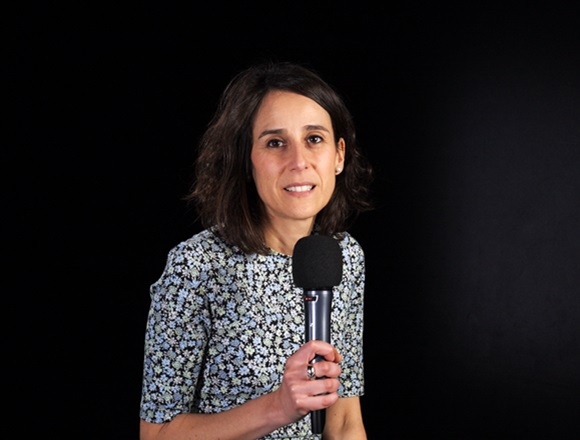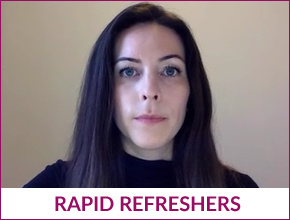René Rodríguez-Gutiérrez, MD, is a professor of medicine at the Autonomous University of Nuevo León in Mexico and associate professor at Mayo Clinic, USA. His research interests include insulin resistance and glycemic control in type 2 diabetes.
How to diagnose and manage diabetic ketoacidosis (DKA) in patients with type 2 diabetes treated with sodium-glucose cotransporter-2 (SGLT-2) inhibitors?
René Rodríguez-Gutiérrez, MD: That’s a great question. We now every time see more cases of euglycemic DKA in patients who use SGLT-2 inhibitors. As you know, SGLT-2 inhibitors are one of the most worldwide used medications to treat type 2 diabetes, with incredible benefits for our patients. So, every time we have more cases of euglycemic DKA due to SGLT-2 inhibitors.
The important thing here is to think about it. It’s difficult because you see this patient getting into the emergency room (ER) with abdominal pain, nausea, and vomiting, and you see normal glucose. What happened earlier is... If you have a high level of suspicion, you start doing workup for other things, right? You just have to remember that if the patient with abdominal pain, nausea, and vomiting, has a history of diabetes, and there are SGLT-2 inhibitors in use, then you have to have this high clinical suspicion. Ask for the blood gases to see the pH and for urine ketones. If pH is <7.3 and you have urine ketones, then you have that diagnosis.
For treatment, it’s pretty much the same as for other DKA forms. The only difference is that since the beginning, since glucose is normal, you have to start with the dextrose, so saline or crystalloid liquid. Not at the end but since the beginning, 5% to 10% dextrose as an initial infusion. Otherwise insulin, potassium bicarbonate—all of the other therapies are pretty much the same [as in other forms of DKA].
 English
English
 Español
Español
 українська
українська




